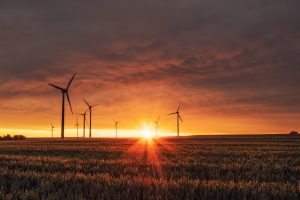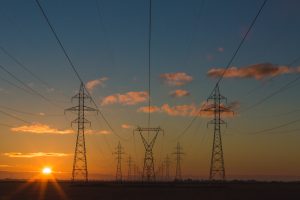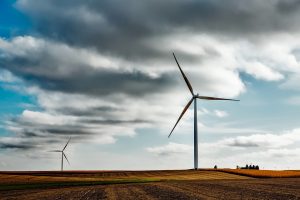 Despite attempts by the Trump administration and the coal industry to limit clean energy in favor of fossil fuels – including a tariff on solar energy, a thinly-disguised bailout for coal and nuclear power plants (that was rightly rejected), and a dramatic proposed cut to energy research – we are accelerating the transition to a cleaner electric grid. In fact, last year was the first time the reduction in power sector emissions can be attributed more to energy conservation and renewable energy than switching from coal to natural gas.
Despite attempts by the Trump administration and the coal industry to limit clean energy in favor of fossil fuels – including a tariff on solar energy, a thinly-disguised bailout for coal and nuclear power plants (that was rightly rejected), and a dramatic proposed cut to energy research – we are accelerating the transition to a cleaner electric grid. In fact, last year was the first time the reduction in power sector emissions can be attributed more to energy conservation and renewable energy than switching from coal to natural gas.
The new 2018 Business Council for Sustainable Energy (BCSE) Factbook* highlights the electric power sector as the driving force behind the decarbonization of the U.S. economy. In total, power sector emissions declined 4.2 percent in 2017, mostly due to the 18.4 GW of new renewable energy we added to the grid (a 14 percent increase over the previous year’s total U.S. renewable capacity). In 2017, renewable generation represented about 18 percent of total U.S. generation (around10 percent from non-hydro renewables alone).
This explosive growth further cements renewable energy’s role in reducing emissions from the U.S. power sector. Let’s dig into the factors that led to this growth, and how we can extend this trend of emissions reductions from renewables beyond 2017. Read More














